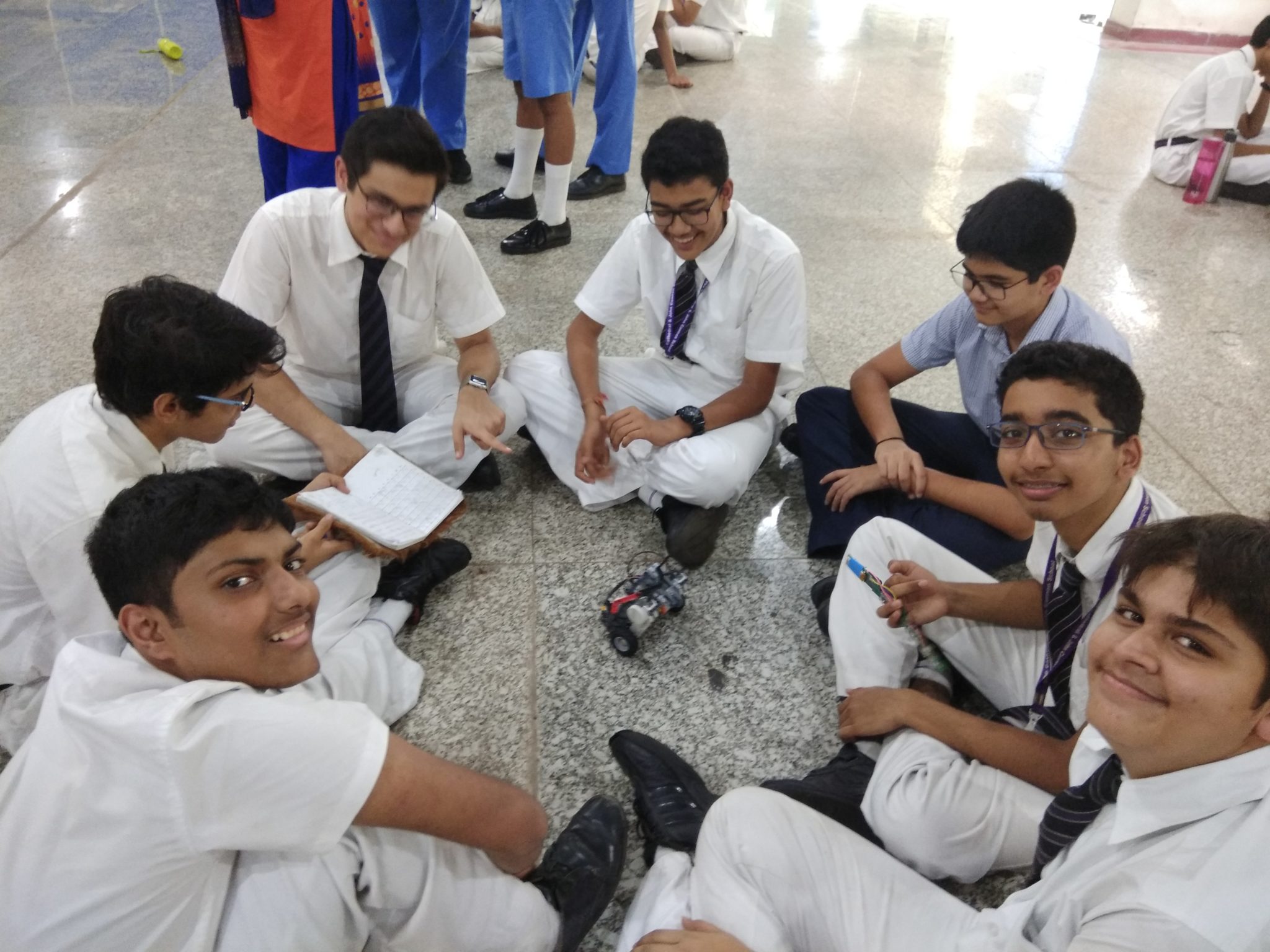

Prioritising a set of issues for attention is an inherently subjective process, and reflects the perspectives and experiences of the people carrying out the assessment, as well as the dynamics of the group. While a single horizon scan is only a first step in navigating the way forward (ideally, it would be followed with further exercises to map out how an agency might act in light of the information), we hope that the output of this scan may also be a useful starting point for developing policy designs. Similarly, the Natural Environment Research Council in the UK has drawn on annual horizon scans in conservation (see, for example, Sutherland et al., 2014) to inform their strategic planning.

These have since been used to guide investment of national programs ( National Academies, 2015). How might an exercise such as this prove useful in the future? Outputs of similarly structured horizon scanning activities in Antarctic science ( Kennicutt et al., 2014) have underpinned roadmaps outlining the enabling technologies, access to the region, logistics and infrastructure, and international cooperation ( Kennicutt et al., 2016) required to “deliver the science”. For each issue outlined here, we aim to summarize possible implications for society, including questions, risks and opportunities. We also recognise that providing a snapshot of such a broad range of issues comes at the expense of depth, so here we attempt only to provide a digestible summary and launching point for others to further explore those issues that may be relevant to them. Some technological hurdles may never be cleared, unexpected breakthroughs may change the direction of research, and some directions may be deemed too risky to pursue. This is not to suggest that such developments or applications are a product of being previously raised in horizon scanning activities, but that bringing an issue to the attention of the community early – before it becomes well known – allows sufficient time to develop strategies for researching or managing the potential risks and opportunities accompanying these innovations.Īs with any attempt to anticipate future trends, we acknowledge that the more speculative projections may not come to pass. Since then, CRISPR/Cas9 approaches to controlling disease-carrying mosquitos ( Adelman and Tu, 2016) and invasive species ( Esvelt et al., 2014) have rapidly gained traction. In the same year, a horizon scan of emerging issues of interest to the conservation community ( Sutherland et al., 2014) flagged the use of gene-editing to control invasive species or disease vectors. For example, after identifying that very few conservation practitioners had even heard of synthetic biology in 2012, scientists from both disciplines convened in 2013 to explore how synthetic biology and conservation would shape the future of nature ( Redford et al., 2013). Horizon scanning can also highlight a range of developments in their early stages, thus helping researchers, businesses and policy-makers to plan for the future.įorward-looking exercises of this type bring together people from different fields to explore the possible implications of one field of study on another. Horizon scanning offers one way of filtering diverse sources of information to seek weak signals that, when contextualised, indicate an issue is emerging ( Amanatidou et al., 2012 Saritas and Smith, 2011). Keeping track of the challenges and opportunities created by such advances requires a systematic approach to gathering, assessing and prioritising them. Recent advances in synthetic biology, notably in gene-editing techniques, have substantially increased our capabilities for biological engineering, as have advances in areas such as information technology and robotics.

University of Edinburgh, United Kingdom īiological engineering is the application of ideas and techniques from engineering to biological systems, often with the goal of addressing 'real-world' problems.

Georgia Institute of Technology, United States.The Earlham Institute, United Kingdom.North Carolina State University, United States.Cambridge Consultants Limited, United Kingdom.University of Massachusetts, United States.Imperial College London, United Kingdom.University of Bradford, United Kingdom.University of Manchester, United Kingdom.University of Washington, United States.Max Planck Institute of Molecular Plant Physiology, Germany.University of Cambridge, United Kingdom.


 0 kommentar(er)
0 kommentar(er)
